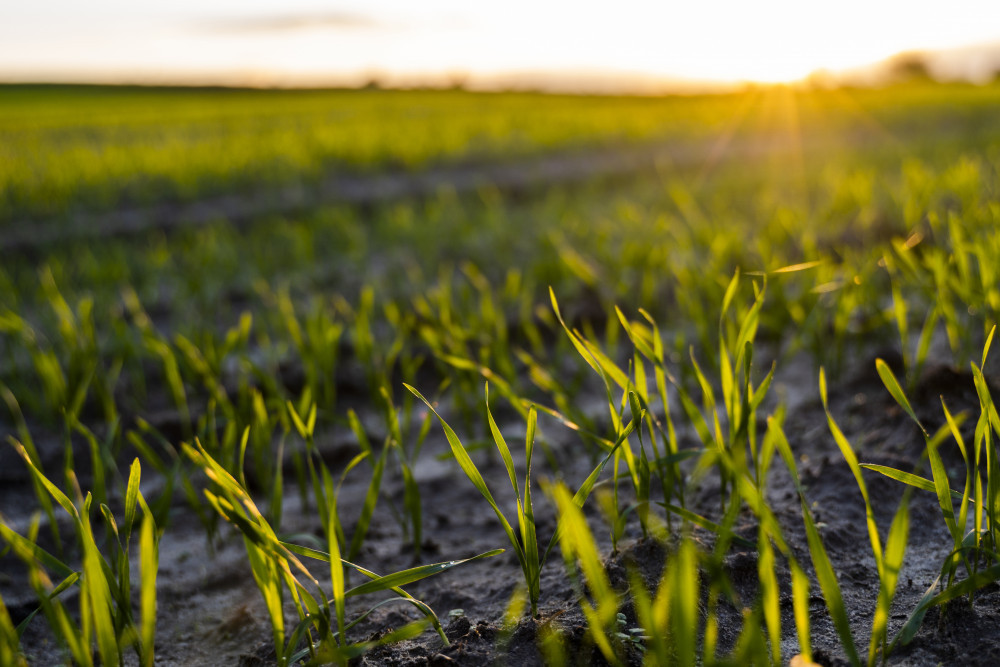Agricultural
15 June, 2021
Winter crop planting set to boom
The global agribusiness banking company Rabobank is predicting near-record winter crop planting for the second consecutive year, as well as excellent prices and favourable seasonal conditions.

In its just-released 2021/22 Winter Crop Outlook, Rabobank says the national winter crop planting is forecast at 22.93 million hectares.
This is up two per cent on last year, and within one per cent of the nation’s record-high winter crop planting in 2016/17.
This acreage also represents an area eight per cent above the five-year average.
Rabobank says this will see Australia on track to deliver an above-average winter grain crop for this season, with an estimated total wheat harvest of 28.9 million tonnes, barley of 10 million tonnes and canola of 4.1 million tonnes.
The report’s co-author, Rabobank grains and oilseeds analyst Dennis Voznesenski said with substantial rainfall and good soil moisture profiles across many parts of the country coming into this year’s planting, Australia was overall set up for another very strong winter grain crop.
“And with the Bureau of Meteorology forecasting a 60 to 75 per cent chance of the east coast and South Australia exceeding median rainfall for the next three months, this should set crops up well and have a positive impact on yields,” he said.
“Some states had, however, fared better than others with seasonal conditions coming into planting, the report noted.
For specific commodities, the bank is forecasting a three per cent increase in wheat planting this year (to 13.3 million hectares), while area planted to canola is expected to climb by 14 per cent (to 2.7 million hectares).
Barley planting is down an estimated six per cent (to 4.2 million hectares), with oats declining eight per cent (to 0.9 million hectares).
“With canola prices near record highs, and China’s tariff on Australian barley top of mind, farmers have heeded the call and switched in favour of canola,” Mr Voznesenski said.
“Come harvest time, it may mean that there will be increased harvest pressure on local canola prices.”
With tight global markets and the world looking for Australian grain, the report says, the nation will likely be in a position to respond, with above-average export availability expected in 2021/22.
Report co-author, Rabo-bank senior grains and oilseeds analyst Cheryl Kalisch Gordon said at this stage, the bank was “pencilling in an export program of almost 20 million tonnes of wheat, 5.5 million tonnes of barley and 3.1 million tonnes of canola.”
Global prices for most grains and oilseeds are expected to remain elevated over the next 12 months, on the back of strong demand and poor seasonal conditions in many other of the world’s grain-growing regions.
Domestically, Dr Kalisch Gordon said, Australian wheat track prices were expected to remain near to AUD 300 per tonne for the coming 12 months, with marginal strengthening in the first quarter of 2022.


